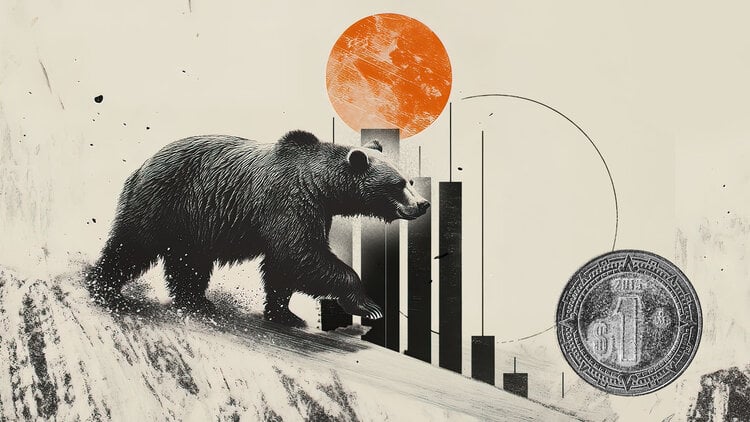The ocean is full of mysteries and surrounded by legendary stories. During a recent excursion to a moonlit harbor, the conversation quickly turned to legends about pirates and exploration.
A guide shared stories of the days when tall masts and billowing sails soared over coastal horizons — and intriguing characters like Blackbeard and Barbarossa who sailed the seas.
We couldn’t help but wonder about the secrets that went down with the lost ships and artifacts scattered across the ocean floor. But these locations are hidden in the depths of the waves, where humans normally cannot reach.
However, an explorer is venturing into places no human has ever been.
ocean secrets
At first glance, OceanOneK looks like a diver descending the waters off the coast of France.
Stanford University researchers designed the robot to be submerged and explore planes, ships, submarines and perhaps even sunken lost cities. And this year, the humanoid robot reached a new milestone when it dove to a depth of 852 meters.
The robot has hands that can pack priceless artifacts and bring them to the surface, and stereoscopic eyes that capture in color the world of the depths.
But another feature makes the robot even more special: a touch-based feedback system. This interactivity allows its operators to feel everything they would experience as if they were diving – from the resistance of the water, to the touch of objects such as vases and lamps from an ancient Roman ship.

Curiosities
Archaeologists have uncovered telltale pieces of wood that may have belonged to a centuries-old shipwreck — one that likely inspired the cult classic “The Goonies.”
A team of volunteers found more than 20 pieces of wood in a cave on the Oregon coast in June. The boards belonged to the 1693 shipwreck of the Santo Cristo de Burgos.
The Spanish galleon was not laden with treasure, but local folklore and the ship’s mysterious fate have become tales over time — enough to inspire Steven Spielberg when he created his 1985 film about teenagers from Astoria scavenging for treasure from pirates off the coast. from Oregon. The discovery reignited interest in searching for more parts of the wreck.
fantastic creatures

Penguins may reign supreme in Antarctica, but they also live in the wilds of Patagonia, South America. In these remote places, scientists and conservationists dedicate their lives to protecting flightless seabirds.
Gentoo, king and Magellanic penguins are like beacons of how ecosystems are responding to the climate crisis.
“It’s the perfect animal for getting to know the ocean better,” said marine biologist Andrea Raya Rey.
The king penguin colony in Tierra del Fuego disappeared 200 years ago due to overhunting, but they’ve made an unexpected comeback.
around the universe
Astronomers have found a “black widow” in space, and this dead star has grown to record size as it feasts on another celestial object.
Much like its namesake arachnid, the neutron star is devouring its companion star. This pulsating cosmic beacon also spins a dizzying 707 times per second.
The neutron star, or the dense, collapsed remains of a colossal star, weighs more than twice the mass of our sun – making it the heaviest ever observed. When these objects become too heavy, they often collapse and form a black hole, so this could be the limit for neutron stars.
Dino-mite!

Meet a rare Gorgosaurus, a relative of T. rex – but with more speed and a stronger bite. The 77-million-year-old fossil sold for just over $6 million this week during a Sotheby’s auction.
This specimen is just one of the few dinosaur skeletons that made it to the bidding block — a trend that has scientists upset. When fossils are auctioned, it is possible that they end up in private collections, which means paleontologists cannot study them.
Who bought the “ferocious lizard” remains unknown, but the buyer will have the unusual opportunity to name it.
explorations
Relax with these readings:
Fossils show that sharks have been on Earth longer than trees and dinosaurs — and there’s an ocean phenomenon that is bringing them closer to the US coast this summer.
The first mission that will bring in samples from another planet will land on Earth in 2033, and two Ingenuity robot-style helicopters will help retrieve the Martian rocks.
Photographer Joel Sartore is on a mission to capture images of 20,000 species to prevent the extinction of creatures large and small. See some of these endangered species through Sartore’s lens.
Source: CNN Brasil







